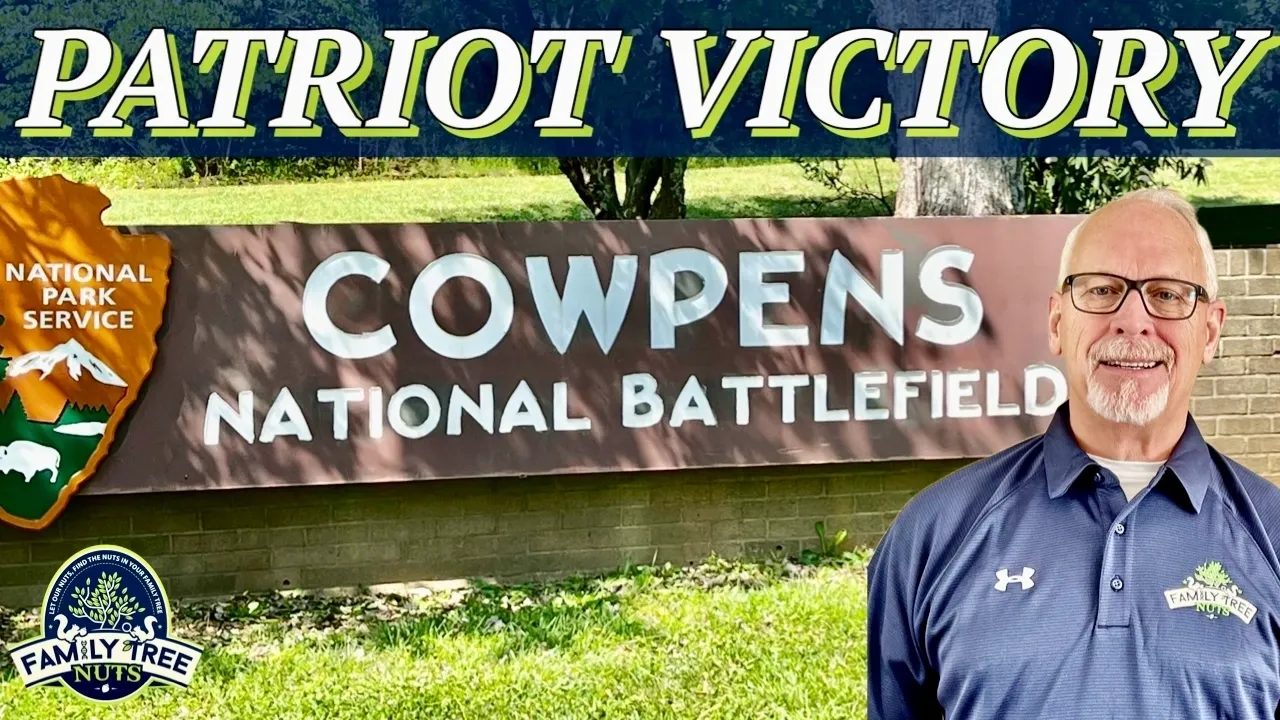
DESTRUCTION OF BRITISH MORALE! BATTLE OF COWPENS!
The Battle at the Cowpens…The final blow to the British Army in South Carolina.
It was here where American Brigadier General Daniel Morgan and his Continental soldiers along with local patriot militias defeated British Colonel Banastre Tarleton’s legions and effectively destroyed the British Army’s strategy to win in South Carolina. Colonel Tarleton’s fast-moving legion had initially arrived in Charlestown, South Carolina along with the rest of the General Charles Cornwallis’s British Army. At first, they achieved some success in their endeavor to subdue the South Carolina Colony with victories at Camden and Monks Corner but from there, things did not go so well.
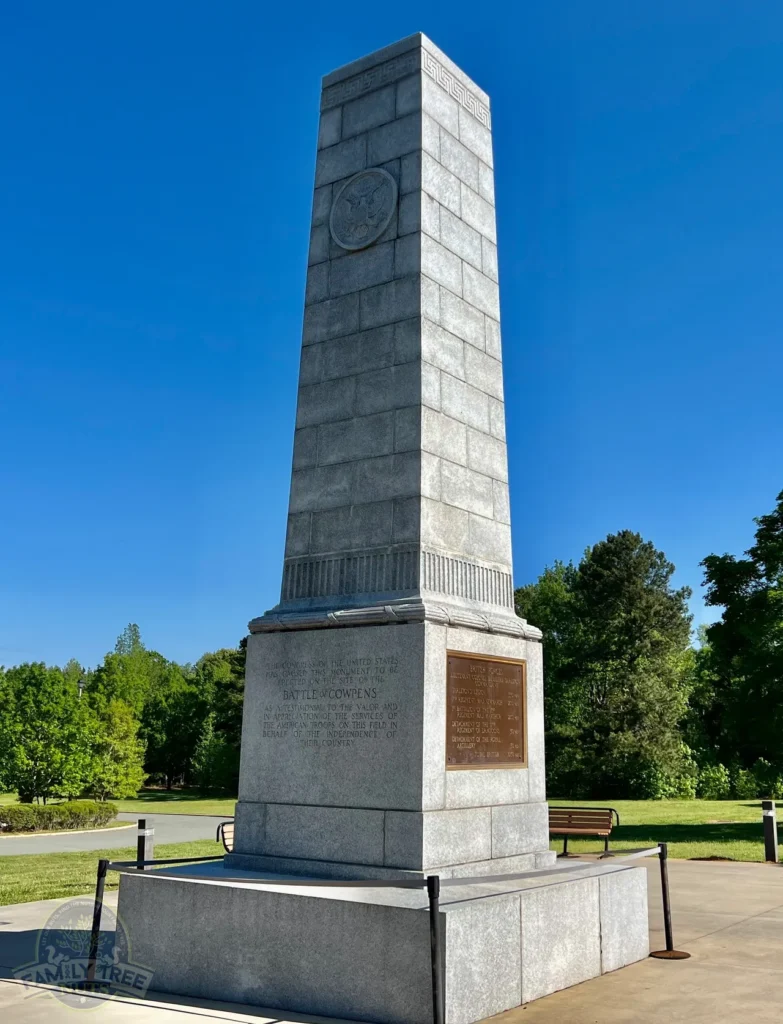
Tarleton and his legion were one of two fast moving groups whose purpose was to scout ahead of the main British army to protect its eastern flank as it moved slowly across the colony. The second group was led by Colonel Patrick Ferguson and their responsibility was to protect the western flank of the main army. As General Cornwallis began to execute his strategy, Major Patrick Ferguson and his legion moved ahead of the army toward the Appalachian Mountains. Soon thereafter, he sent word to the settlers in present day Northeast Tennessee that if they did not swear allegiance to the British Crown, that he and his men would cross over the mountains, hang their leaders, and burn their settlements.
To prevent that from happening, the settlers that soon became known as the Overmountain Men, gathered at the Sycamore Shoals settlement and they crossed the mountains in search of Major Ferguson and his British legion. On 7 October 1780, they found them located on top of a place called Kings Mountain. Morgan and his Overmountain men surrounded them and defeated the British, where Colonel Ferguson was killed, and hundreds were taken prisoner.
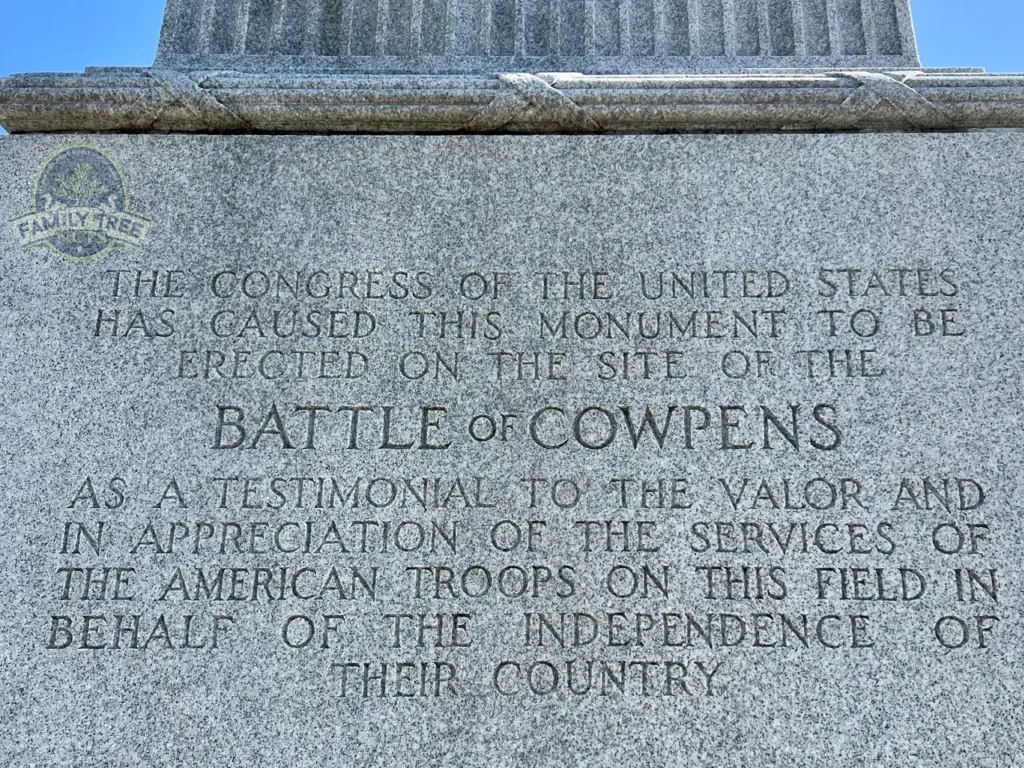
The loss was devastating to the main British Army as their left flank was now exposed. When the news of the defeat reached General Charles Cornwallis, he sent his only remaining advanced legion, led by Colonel Banastre Tarleton, to locate and destroy the patriots. Anticipating the move, General Morgan and his Overmountain Men outsmarted the British as they purposed to string Tarleton throughout the Carolina back country by staging a false retreat to draw them further away from the main British Army. Soon, they turned and met in battle at a place called The Cowpens.
The field that the patriots chose for the fight was only 200 yards wide and bound by low wet marshland on each side. This was a great advantage for them as it was always best to be able to choose the place of battle rather than being forced to react. General Morgan was able to dictate the agenda and the British were being forced to respond.
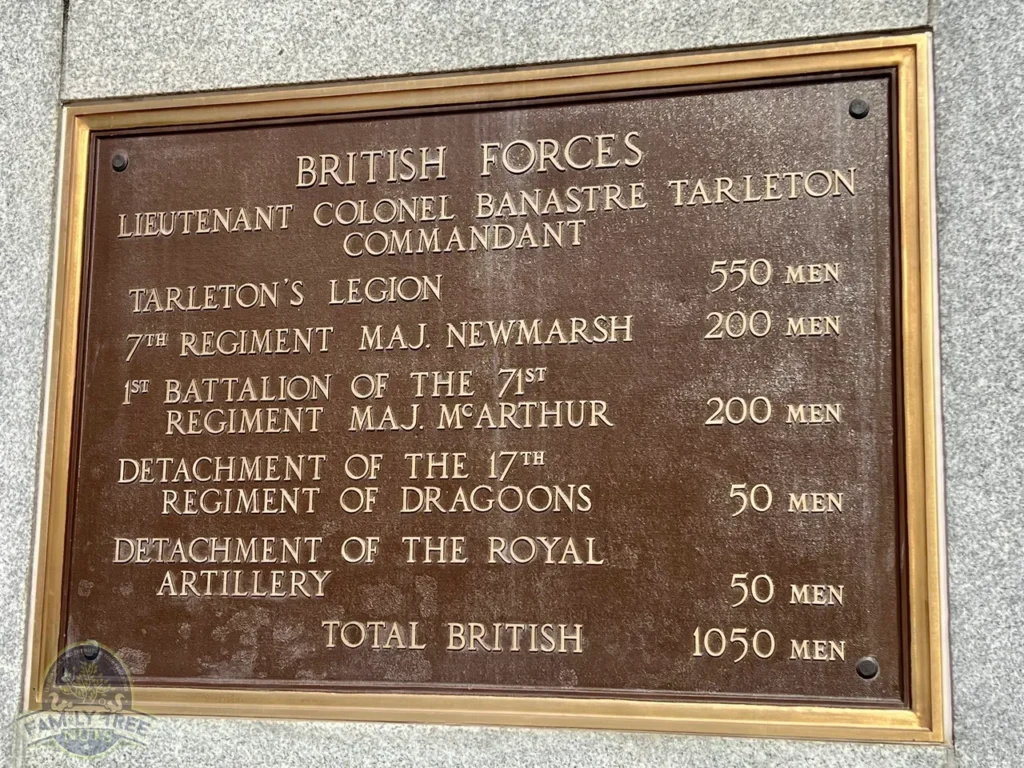
The battle took place on 17 January 1781. The patriots had arrived the day prior and were fresh and ready to fight. Tarleton’s men on the other hand, had been on the chase for days and were not prepared for battle when they arrived, but in spite of that they were deployed to battlelines. As the patriots formed, little did the British know that there was a second line of Patriot dragoons that was out of sight waiting to engage.
The patriot front line skirmishers were instructed to get at least two shots off before retreating back to the main militia line. As expected, Tarleton mounted his usual frontal assault with bayonets and because of the retreat, he thought that victory was at hand, but they soon found themselves double enveloped on the flanks by Continental soldiers and patriot militia.
After a couple of bayonet charges, the British lines broke and began to surrender. In the meantime, Colonel Tarleton and around 200 of his men fled the field and escaped, leaving most of the legion to surrender to the Continentals. The utter defeat forced General Cornwallis to make several rash decisions and he instructed the British to leave all heavy equipment and baggage in an attempt to chase Morgan and his continentals down. Morgan knew that would be the case, so he wasted no time in getting his soldiers off the battlefield and out of harm’s way.
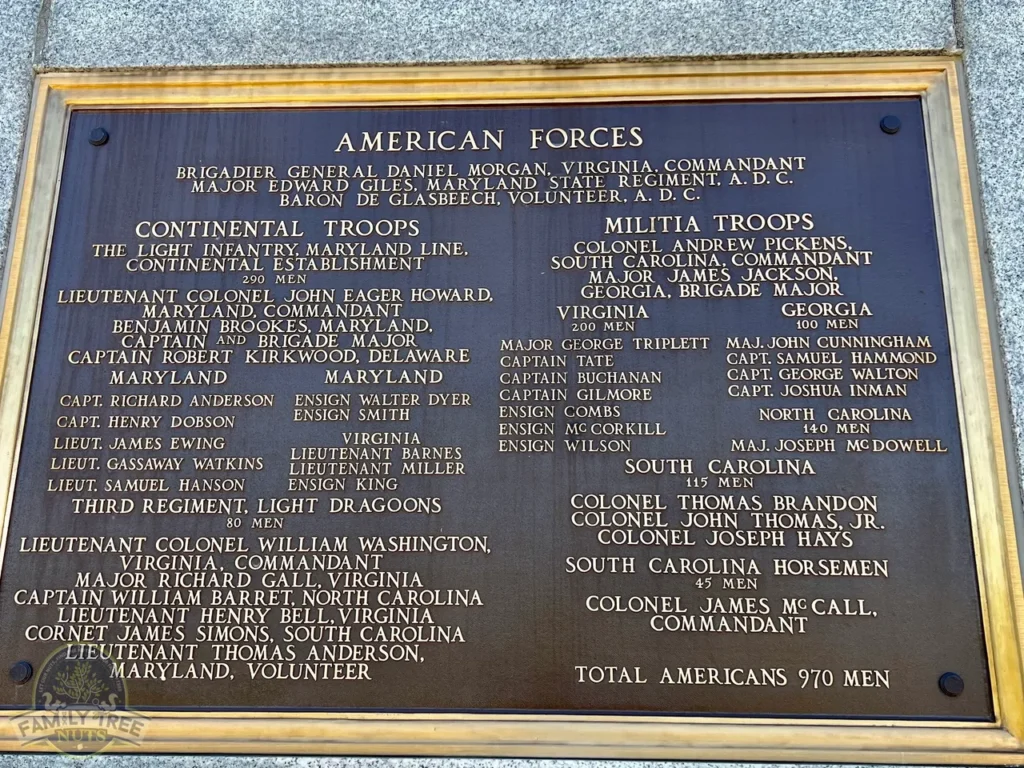
After crossing the Catawba River to safety, the army moved on toward Richmond with their British prisoners and Cornwallis gave up the chase. Morgan had virtually destroyed Cornwallis’s only remaining unit of light troops which would prove critical to his continued campaign into North Carolina and Virginia.
The next battle took place at Guilford Courthouse, North Carolina, where Cornwallis and the British army took the field, but lost many soldiers, and subsequently the army continued to limp across North Carolina, and into Virginia. They were tired, hungry, and threadbare as they had marched across South and North Carolina in a vain attempt to subjugate the southern colonies.
In the end, Cornwallis was surrounded on the Yorktown peninsula by George Washington who had been able to slip his army in from the north and along with aid from the French Navy, forced a surrender.
A year and a half later, the British formally ceased all hostilities and America was an independent nation. The road to victory started in the Carolinas backcountry with complete victories at Kings Mountain and The Cowpens.
-Scott Denney, Historian, Family Tree Nuts
